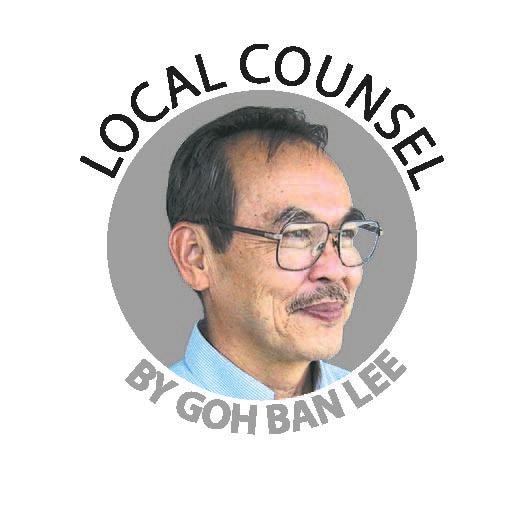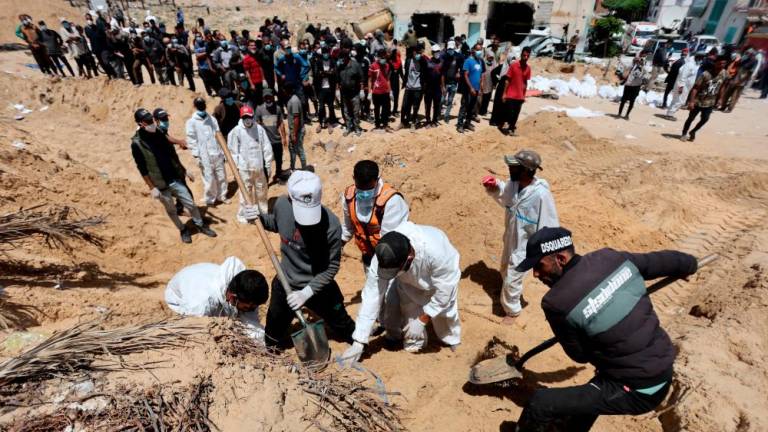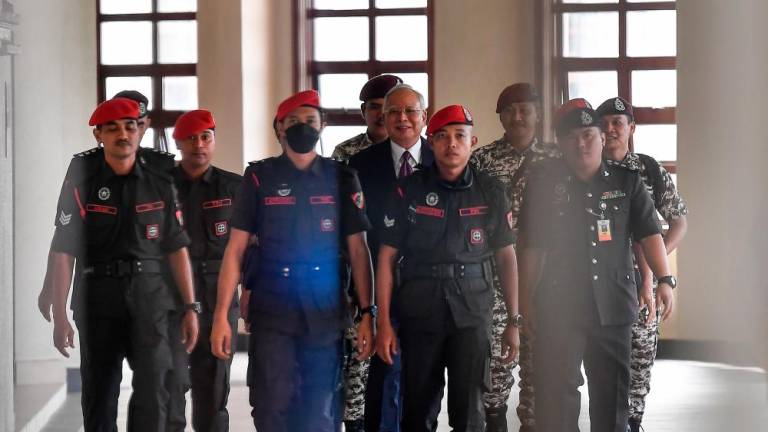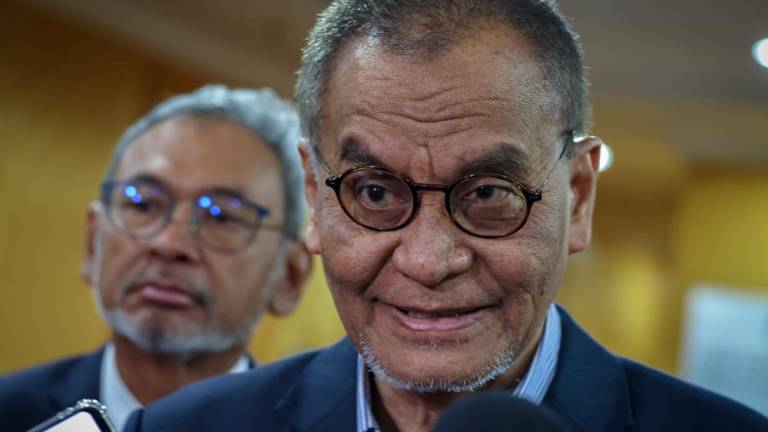“SMART” is in vogue. From smartphones to smart homes, it seems everyone is excited about how intelligent devices and environments can be. Not surprisingly, more and more people are talking about smart cities.
The concept of smart cities is not new. It gained recognition among planners and municipal officials in the early 2000s. It refers to digital information and communications technologies used in urban environments to make cities more efficient and improve the quality of life of residents. Some popular smart city initiatives include real-time monitoring of traffic and weather, and buildings wired with sensors to monitor and adjust light and air-conditioning. Smart technologies also help a city become more sustainable and resilient.
As recounted in this column in 2017, Malaysia is taking steps to keep pace with the new initiatives, especially in new developments such as Cyberjaya and Putrajaya near Kuala Lumpur and the Iskandar Region in Johor. Penang intends to release a refreshed Penang Structure Plan 2030 in the middle of this year, with a key pillar being to transform the state using smart technologies.
In some ways we are late to the smart city game. London has an automated traffic congestion pricing programme, using its cameras to log and charge cars entering the central part of the city. In Korea, developers have been building Songdo, a smart city, from the ground up with connected infrastructure and building systems. Singapore has implemented dynamic routing systems for its public buses and installed flood sensors and monitoring throughout the island. Singapore was chosen as the “Smart City of 2018” at the Smart City Expo World Congress in Barcelona, Spain in November.
On the other hand, being a little late to the game allows us to learn what is important to become a smart city. With the fast pace of digital change, we have the chance to be leaders, learning from other cities and tailoring technologies to suit the issues and environments of Malaysian cities.
Cities such as George Town could certainly use some well-known smart city initiatives. Implementing a smart transport grid would allow for real-time adjustment of traffic light timings to improve traffic flow.
Improving public bus tracking and monitoring would ease the daily grind for commuters and encourage them to drive less. The city could also improve and automate water use monitoring, waste handling and recycling. There are challenges in implementing new technologies in older, historic urban environments. But there are now many models to learn from.
The climate and built environment in Malaysian cities also call for a specific, tailored approach. Since we are in a hot and wet climate, public transport tracking improvements would be beneficial, so that residents are not running or waiting for buses in the sun, or getting wet in the rain. Smart building technology with sensors and shades would allow more efficient air-conditioning use and reduce overall energy costs.
In addition to technological implementation, to continue to develop as “smart”, a city has to be innovative. Attracting and developing young, talented programmers, engineers, planners and designers through our schools, colleges and universities should be the primary focus. One of the characteristics of the “information age” is that the best new idea can come from anyone with creative knowledge and an internet connection.
Finally, being “smart” is not only about digital technology. Some critics have said that focusing on infrastructure and technology does not always solve the root problems in cities.
In Barcelona, which is already known for its information technology projects, officials have realised that being a smart city is as much about serving people as it is about implementing devices.
They are now trying to use their technology to improve democratic participation among their citizens. Such new ideas in smart city development can work well in Malaysia, with the new federal government’s commitment to improving transparency and accountability.
The challenges with making urban areas more smart will be plentiful, further compounded by the diversity of Malaysia as a whole with each locality facing different challenges.
But as with most issues, it starts with the people. We need to have policies and initiatives to foster smart cities and smart citizens at federal, state and local levels of government.
We also need to create the right partnerships among the government, private sector and local communities to make decisions about the best future cities we want and how to realise them.
Datuk Dr Goh Ban Lee is interested in urban governance, housing and urban planning. Comments: letters@thesundaily.com














